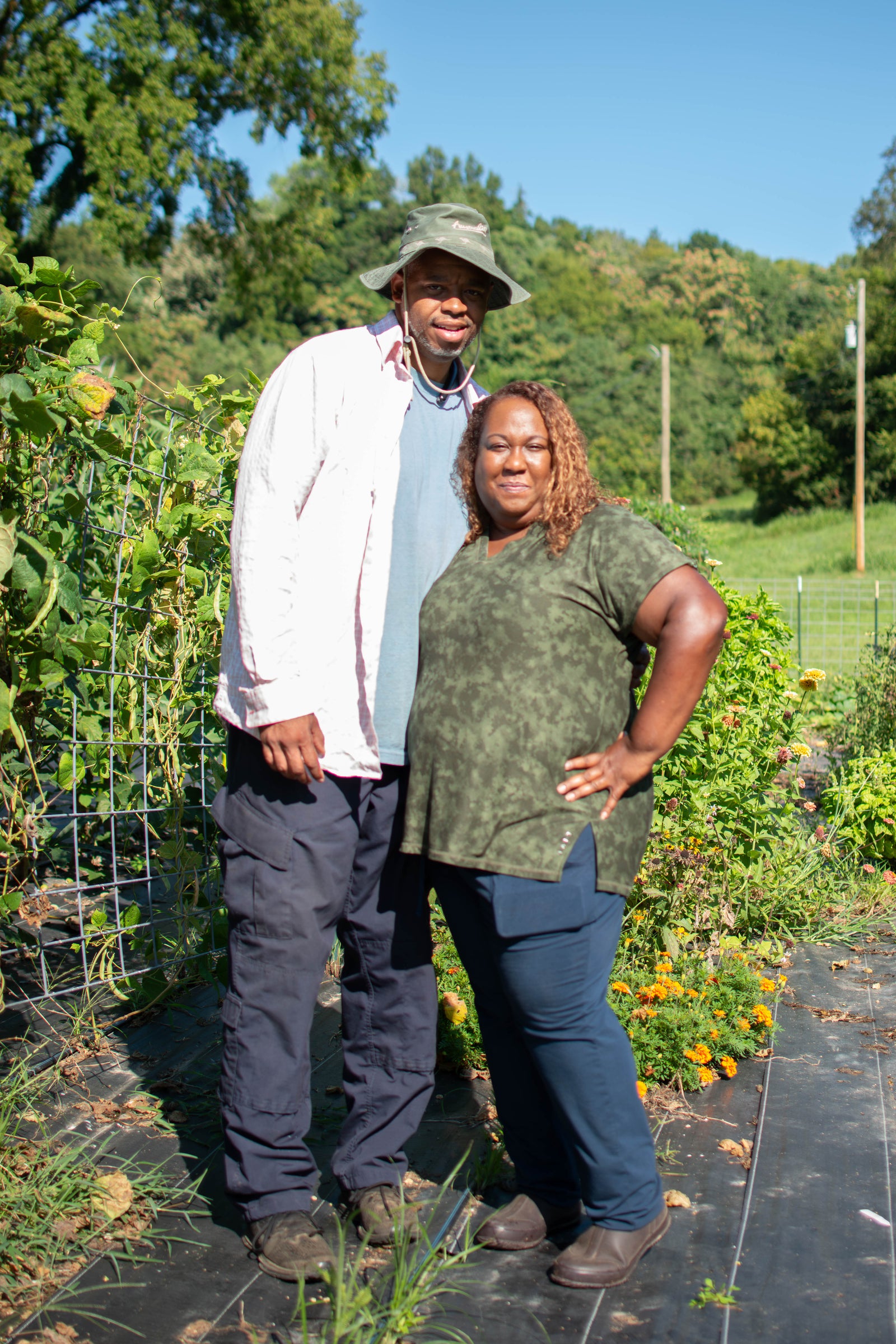
How to Rehydrate "Manna"
Thanks so much for purchasing our dehydrated sourdough starter, Manna. Our prayer is that it will supply you with bread for years to come.
Supplies list:
- Manna, the dehydrated starter you purchased
- Bread Flour
- Jar (Glass Container with Lid)
- Digital Kitchen Scale
- Spatula or Spoon
The following is a two-step process consisting of a “wet feed” and a “dry feed.” The wet feed (using more water than flour) allows the bacteria and yeasts to revive from their “slumber” and move quickly throughout the mixture.
The dry feed (using more flour than water) allows the microbes to quickly feed and multiply.
Things to Remember:
- Manna will need a warm place to stretch out as he grows. A kitchen that’s around 70°F is perfect. If your kitchen runs cold, place Manna on top of the fridge near the back vent.
- Ideally, you should use purified water (or water that is chlorine-free) to prevent microbial activity from slowing down.
- Discarded starter can be saved in a separate container in the refrigerator to be used for various other recipes.
- In the US, the term “starter” is often used to refer to what European bakers call the “leaven.” The leaven/starter is defined as a well-fed starter that’s ready to be added to a dough to begin the fermentation process.
To get from dehydrated Manna to an active starter that is ready to make bread will take roughly 72-96 hours (3-4 days) with a step in the morning and evening each day.
Pro Tip
Mark the beginning height of the starter on the outside of the jar with a rubber band prior to fermentation. This creates a baseline for you to measure your starter’s growth
throughout the process.
An active and healthy starter should triple or even quadruple in height within 6 to 8 hours of being fed depending on the width of the container it's in and its hydration. You’ll want to use your starter right when its height plateaus for optimal results.
You can use it throughout its plateau but be mindful that it will eventually collapse. If it does collapse, you will need to repeat the process from Day 3, discarding half and refeeding the mixture with 50g of flour and 50g of water.
When you are not using your starter, you can pop in the fridge and feed once a week using the process of discarding ½ and then re-feeding the mixture with 50g flour and 50g of water.

Happy baking!
Tag me in your bread recipes @livingfoods_farm on Instagram!




